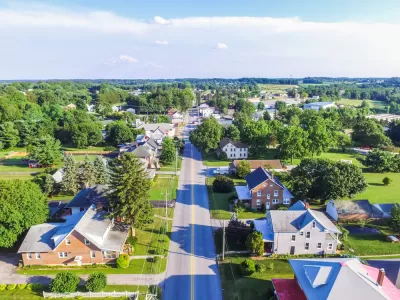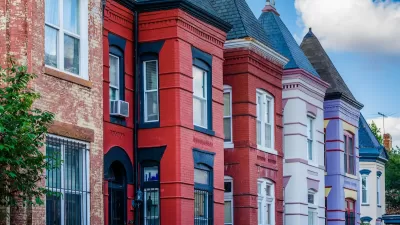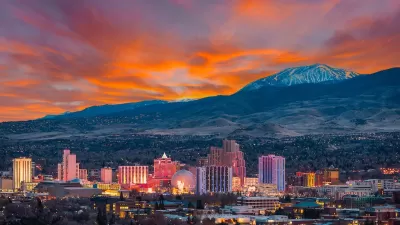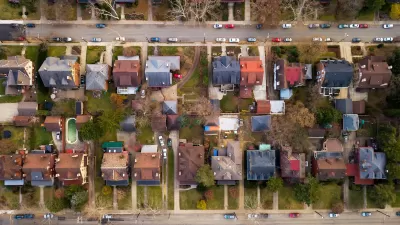With the growth of ‘Zoom towns’ and the sharply rising demand for small-town living, rural communities are facing pressure to maintain housing affordability for long-time residents and boost housing production.

“The COVID-19 pandemic changed the ways many people work and live. One of these changes has been an increase in the number of people who are trading in life in a big city for small-town living, including higher-income earners who work from home.” As a result, rural communities are struggling to keep up with housing demand, pushing prices higher. Margaret Gallagher outlines steps rural communities can take to preserve housing affordability as demand rises.
“As rural populations begin to grow, many communities are investing in renovating empty industrial or commercial buildings into upscale multifamily living. Such investments will expand the housing market, providing additional housing options, and taking the stress off the market, but these redevelopment projects don’t typically include affordable units for low-income households,” writes Gallagher. “By investing in the restoration of its current housing stock and by turning single-family homes into multi-family units where needed, rural communities can address pre-existing housing repair needs while also providing additional affordable housing units to meet new demands.”
Another mechanism growing in popularity, “Community land trusts have also been used effectively to acquire and reserve existing developable land and even existing vacant housing to ensure it remains affordable for future use.”
The article lists additional strategies for improving housing affordability and preserving housing stock in rural areas, such as providing density bonuses, reducing barriers to development, and encouraging a diverse range of housing options that include mobile homes and multifamily buildings.
FULL STORY: No Vacancies: Affordable Housing Growing Scarce in Rural Communities

Montreal Mall to Become 6,000 Housing Units
Place Versailles will be transformed into a mixed-use complex over the next 25 years.

Planetizen Federal Action Tracker
A weekly monitor of how Trump’s orders and actions are impacting planners and planning in America.

DARTSpace Platform Streamlines Dallas TOD Application Process
The Dallas transit agency hopes a shorter permitting timeline will boost transit-oriented development around rail stations.

Study: 4% of Truckers Lack a Valid Commercial License
Over 56% of inspected trucks had other violations.

Chicago Judge Orders Thousands of Accessible Ped Signals
Only 3% of the city's crossing signals are currently accessible to blind pedestrians.

Philadelphia Swaps Car Lanes for Bikeways in Unanimous Vote
The project will transform one of the handful of streets responsible for 80% of the city’s major crashes.
Urban Design for Planners 1: Software Tools
This six-course series explores essential urban design concepts using open source software and equips planners with the tools they need to participate fully in the urban design process.
Planning for Universal Design
Learn the tools for implementing Universal Design in planning regulations.
City of Mt Shasta
City of Camden Redevelopment Agency
City of Astoria
Transportation Research & Education Center (TREC) at Portland State University
US High Speed Rail Association
City of Camden Redevelopment Agency
Municipality of Princeton (NJ)





























